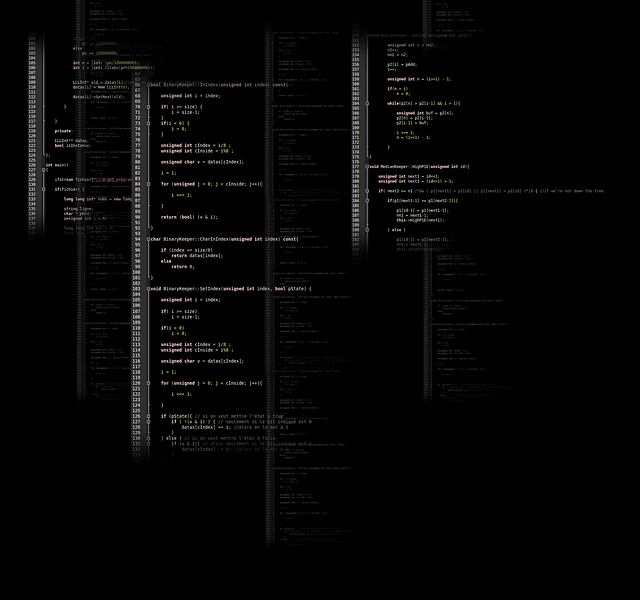Understanding the dynamic Pak vs WI cricket rivalries requires analyzing player interactions, strategies, and past performances through key metrics like batting averages, bowling figures, field placement data, run rates, boundary counts, LBW calls, and Cricket Fantasy Leagues. Intense clashes between fast bowlers and batters highlight tactical depth, contrasting playing styles, historical equipment evolution, and coaching methods that shape these high-stakes encounters. Analyzing match analysis factors and player profiles is crucial for predicting outcomes.
Dive into the captivating world of cricket as we explore the intense rivalry between Pakistan and West Indies. In this comprehensive guide, we unravel the secrets of analyzing Pak vs WI matches. From understanding team dynamics and identifying key statistical metrics to evaluating player performance and tactical strategies, we provide insights that will enhance your viewing experience. Discover how these teams navigate the field, master their craft, and leave their mark in the ever-exciting cricket arena.
- Understanding Team Dynamics: Pak vs WI
- Statistical Analysis: Key Metrics to Track
- Player Performance: Star Batters and Bowlers
- Tactical Strategies: Unlocking Match Secrets
Understanding Team Dynamics: Pak vs WI

When dissecting Pakistan vs West Indies (Pak vs WI) matches, understanding team dynamics is paramount. These teams, with their unique blends of seasoned veterans and rising stars, present captivating contrasts in playing styles and strategies. Analyzing how players interact on the field, from bowling attacks to batting lineups, offers valuable insights into potential outcomes. For instance, Pakistan’s aggressive spin bowlers often complement West Indies’ powerful hitters, creating an intriguing battle of pace and guile.
Cricket gambling: legalities and risks explained aside, scrutinizing these team dynamics aids in cricket statistics interpretation for learners. By studying past performances and identifying trends, fans can make more informed predictions. Give us a call at cricket fitness and conditioning for high-pressure games to gain a deeper understanding of how these factors influence team performance analysis Pak vs WI. Key metrics like batting averages, bowling figures, and field placement data all play crucial roles in unraveling the intricate web of Pak vs WI rivalries.
Statistical Analysis: Key Metrics to Track

When dissecting Pakistan vs West Indies (WI) cricket matches, statistical analysis is a powerful tool to gain insights and predict outcomes. Key metrics to track include batting averages, bowling economies, strike rates, and fielding performance. For instance, comparing WI’s batting against Pakistan’s bowling can reveal crucial strengths and weaknesses. Analyze how the West Indies’ top order performs against different Pakistani bowlers, focusing on run rates and boundary counts.
Understanding cricket umpiring decisions is also essential in this context. Pay attention to LBW (leg before wicket) calls, especially when tracking Pakistan’s pace bowlers versus WI’s left-handed batsmen. Give us a call at Cricket Fantasy Leagues: A Beginner’s Guide for an in-depth look at these metrics and how they can enhance your analysis of these high-intensity matches.
Player Performance: Star Batters and Bowlers

In Pakistan vs West Indies cricket matches, player performance is a key factor that often determines the outcome of the game. The contrast between the West Indies’ fast bowling and Pakistan’s opening batsmen creates an intriguing battle on the field. Over the years, both teams have produced exceptional talents, leaving their mark on the sport. When analysing these encounters, one cannot overlook the impact of individual performances.
Star batters from Pakistan have consistently shown resilience and skill against the formidable West Indies attack. Conversely, the West Indies’ fast bowlers have been known for their precision and pace, posing significant threats to Pakistani batsmen. Understanding this dynamic is crucial in deciphering match strategies. Moreover, cricket coaching methods focused on improving batting averages play a vital role here, as both teams constantly refine their techniques to counter each other’s strengths. For instance, giving us a call at cricket equipment evolution: a historical perspective can provide insights into the evolving tools of the trade, enhancing player performance over time.
Tactical Strategies: Unlocking Match Secrets

When dissecting Pakistan vs West Indies (Pak vs WI) cricket matches, understanding tactical strategies is paramount. Both teams boast unique playing styles and strengths, making each encounter a chess match between contrasting approaches. The Pak vs WI series often reveals intricate tactical nuances; for instance, Pakistan’s spin-bowling dominance in home conditions contrasts with the West Indies’ power-hitting prowess abroad. Analyzing these dynamics involves delving into player selections, field settings, bowling strategies, and batting techniques.
Cricket equipment evolution: a historical perspective also plays a role, as advancements in gear have influenced gameplay significantly. Match analysis: key factors in victory ultimately hinges on who can adapt to these variables, capitalize on weaknesses, and execute their strategy flawlessly. By examining cricket player profiles: achievements and records, we gain insights into individual performances that further shape team dynamics, ultimately determining the outcome of these high-stakes encounters. Give us a call at match analysis: key factors in victory for a deeper exploration of these strategic elements.
To effectively analyse any pak vs wi cricket match, a multifaceted approach is essential. By understanding team dynamics, delving into statistical metrics, evaluating player performance, and exploring tactical strategies, viewers can gain profound insights into the unique interplay of these two formidable teams. Incorporating these elements allows for a comprehensive evaluation that transcends simple scores, revealing the intricate pak vs wi cricket narrative.
